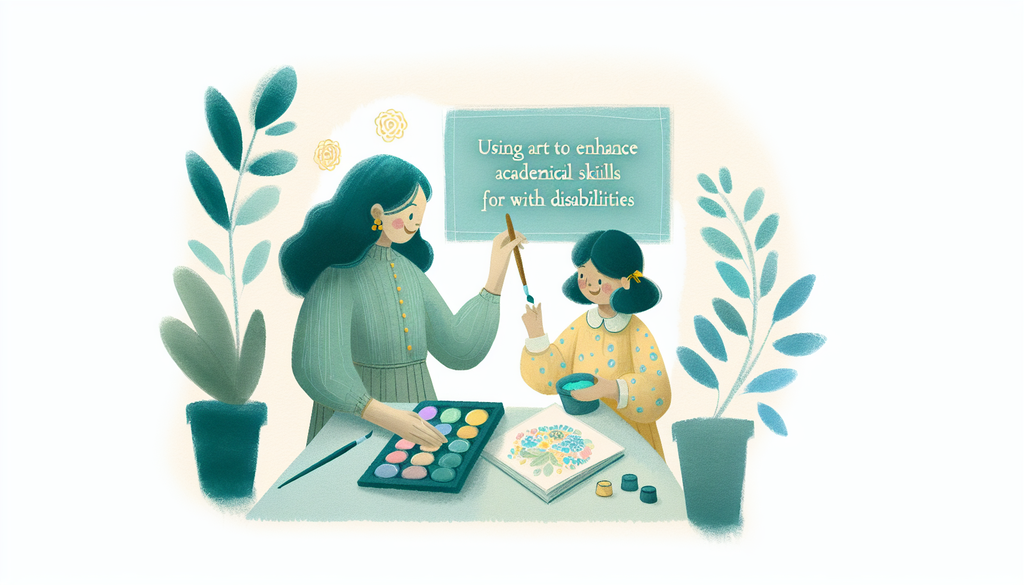Using Art to Enhance Academic Skills for Children with Disabilities

Art is a powerful tool for learning and engagement, especially for children with disabilities. Whether your child has ADHD, autism, learning disabilities, sensory issues or emotional challenges, art activities can foster creativity, problem-solving, and motor skills improvements. In this post, we’ll explore how art can bolster academic skills and enrich each child’s learning experience.
The Power of Art
Art activities stimulate the brain in unique ways which promote growth and development. Studies suggest that art can improve memory, attention span, and non-verbal communication. It allows children to express feelings that they might not be able to put into words, serving as a form of emotional release.
Promoting Creativity and Problem-Solving
Art can enhance problem-solving skills, as it encourages creative thinking and innovation. Children learn to observe the world and think critically, a key skill not just in the arts, but also in subjects like math and science. For more tips on supporting problem-solving skills, check our previous post on The Gifted Child’s Guide to Time Management.
Boosting Fine Motor Skills
Art activities, from coloring to sculpture to painting, encourage the development of fine motor skills. They require children to use their hands and fingers to manipulate tools and materials, enhancing hand-eye coordination and strengthening the hand muscles Occupational Therapy at Home: Simple Activities to Support Your Child.
Applying Art in Learning
Let’s take a closer look at some ways we can integrate art into your child’s learning experience:
-
Art in Reading and Writing: Storytelling through art is a great way to improve a child’s reading and writing skills. For instance, your child can create storyboards or drawings that represent their understanding of a story. Creating graphic novels or comic strips can also motivate them to write and express their imagination.
-
Math and Art: Who says art and math can’t mix? Try using art projects to demonstrate mathematical concepts. This could include using shapes in artworks, creating geometric patterns, or using art for counting activities.
-
Science and Art: Use art to illustrate science concepts or document scientific observations. This could involve drawing diagrams or making models of science concepts or using art to record observations from an experiment or nature walk Exploring Nature’s Classroom: Outdoor Education for Special Needs.
-
Social Studies and Art: Art can help children reflect on history and culture. For instance, they can make historical replicas or create art that represents different cultures.
Through art, we can make academic skills tangible and fun, making learning more accessible and enjoyable for every child {Cultivating Curiosity: Learning Projects for Special Needs Children](/Cultivating-Curiosity-Learning-Projects-for-Special-Needs-Children/). Our hope is that these insights and strategies will unleash your child’s potential, making them not just consumers of education, but active creators of their own learning process.